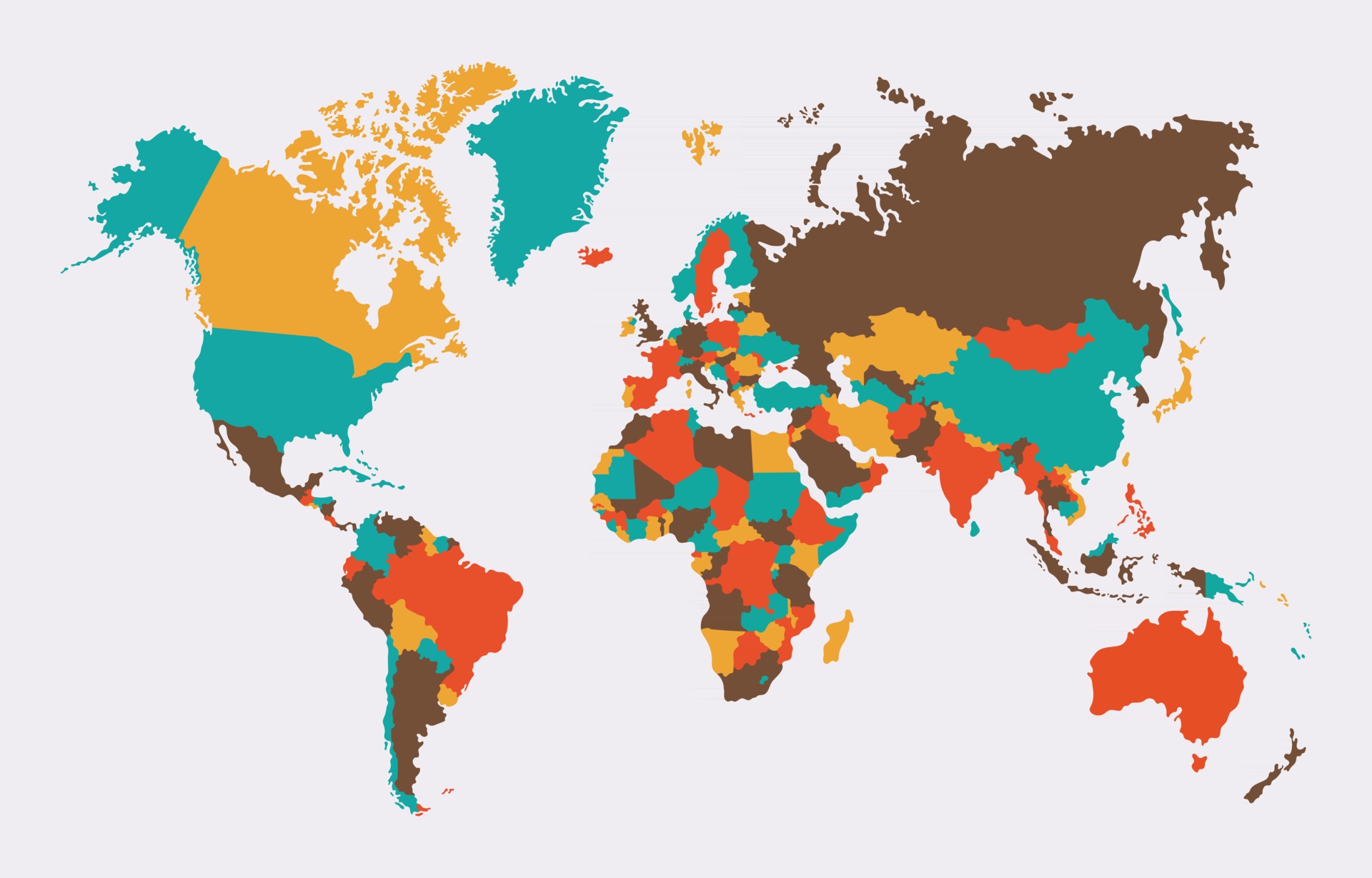
Create a vector tile source and add it to the map.
#Vectorial map code
The line data in this data set has a property called traffic_level that is used in this code to select the color and scale the size of lines. This vector tile source has a single set of data in the source layer called "Traffic flow". The following code loads the Azure Maps traffic flow vector tile service as a vector tile source, then displays it on a map using a line layer. All layers that use a vector source must specify a sourceLayer value in the options.
#Vectorial map download
To display data from a vector tile source on the map, connect the source to one of the data rendering layers. Download thousands of free vector maps, royalty free maps, world maps, us maps, map bundles in Adobe® Illustrator, Microsoft PowerPoint®, EPS, PDF, PNG and JPG formats. This greatly simplifies authentication with the render service when using Azure Active Directory authentication. This placeholder will be replaced with the same domain used by the map and will automatically append the same authentication details as well. Create GeoJSON using helper classes (less error prone and less typing). Free Vector Map All Cities for Designers and Graphics Arts Free Vector City Maps: download now, free to print, or use in any media Not found Free vector maps, which you need Just email us, we will publish on the site and notify you by email. The following code shows how GeoJSON data can be created in Azure Maps. And, data can easily be added, removed, and updated with the DataSource class. The DataSource class provides functionality for clustering point data. Remote GeoJSON files must be hosted on a CORs enabled endpoint. The DataSource class provides functions to import local or remote GeoJSON files. GeoJSON data can be manually created or created using the helper classes in the atlas.data namespace. Ideal for large to massive data sets (millions or billions of shapes).Ī GeoJSON based data source load and store data locally using the DataSource class.
#Vectorial map how to
Because foraging bees frequently switch between dancing and dance following, thus the dance message is not just a flight instruction it is part of a navigational conversation about where the food is and how to get to there. The symbols used ( body movements in the dark hive on a vertical comb surface) are rather simple, but they allow the receiving bee to derive a representation of the target location. Wang Zhengwei, first author of the study.

"The courses taken by the displaced recruits towards the food satisfy the operational definition of a map: A representation of the spatial relationships between mapped objects (possibly including the horizon profiles) that allows a navigator to set a course to any location within the map's frame of reference from any other location within that frame of reference," said Dr. However, most of the recruited bees sooner or later gravitated toward the true location of the food source.Ī honey bee sucking on flowers. In this study, the researchers introduced a new method in which bees have no feeder experience recruited by dancing bees, were captured and transported to release sites far from the hive before flying the vector flight, rendering the flight instruction they received from the waggle dance worse than useless.

However, the possibility that the interpretation of the dance refers to stored terrain information had not been previously considered, let alone experimentally demonstrated. Successful returning foragers perform a waggle dance to indicate the direction and distance of the food. Honeybees (Apis mellifera carnica) are the only non-human animals that communicate navigational information through a symbolic form of information transfer. The dance communication is much richer than previously thought, decoding the vector information into a map-like representation of the explored space, according to the researchers.


 0 kommentar(er)
0 kommentar(er)
